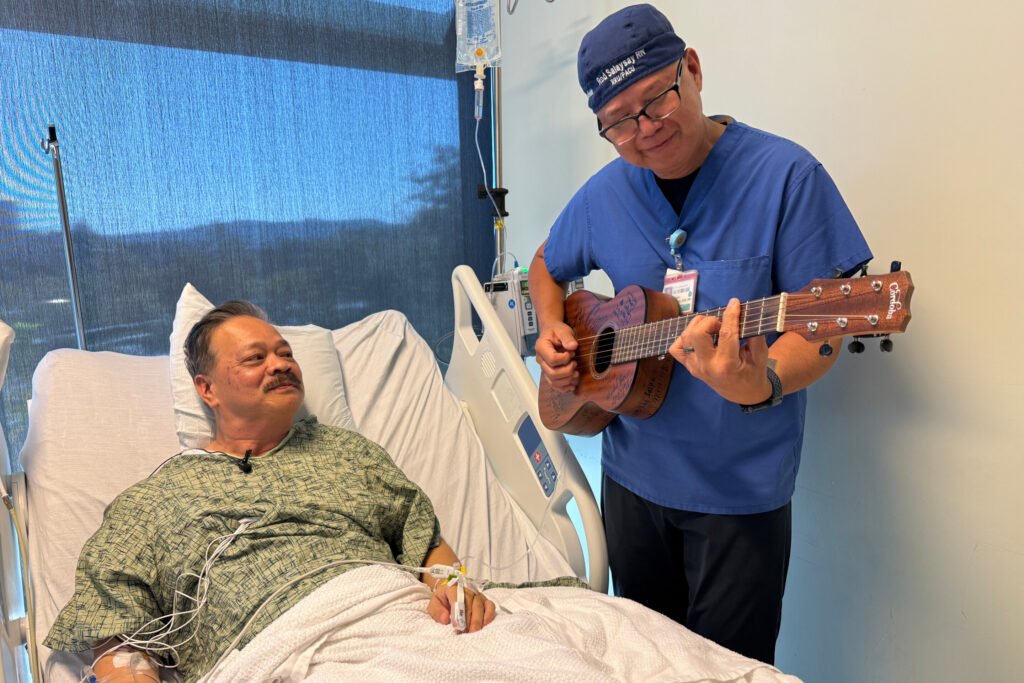Music as a Healing Tool: How Melodies Can Ease Pain and Promote Recovery
Nurse Rod Salaysay is not your typical healthcare professional. While he uses traditional tools like thermometers and stethoscopes, he also incorporates a more unconventional instrument into his practice – his guitar and ukulele. Working in the recovery unit of UC San Diego Health, Salaysay helps patients manage pain after surgery by offering musical performances on request. Patients can choose from a variety of songs in different languages, from folk tunes to classical pieces, creating a personalized experience that goes beyond traditional medical care.
The impact of music on pain perception is a topic that has gained attention in recent years. While it may seem intuitive that music can help alleviate pain, the scientific evidence supporting this idea is now catching up. Studies published in reputable journals like Pain and Scientific Reports have shown that listening to music can reduce the perception of pain or enhance a person’s ability to tolerate it. This phenomenon, known as music-induced analgesia, highlights the powerful connection between music and our sensory experiences.
The key to harnessing the healing power of music lies in active listening. Patients who engage with music intentionally, rather than passively listening to it in the background, tend to experience greater pain relief. This personalized approach allows individuals to choose music that resonates with them on an emotional level, creating a sense of comfort and familiarity that can help distract from pain sensations.
Researchers have also explored how different music genres impact pain tolerance. A study conducted at Erasmus University Rotterdam found that participants who listened to their favorite genre of music were better able to endure acute pain induced by cold temperatures. Whether it’s classical, rock, pop, urban, or electronic music, the key factor is personal preference. Familiar songs that evoke memories and emotions can have a more significant impact on pain perception than unfamiliar or generic music selections.
The act of choosing music is empowering for patients, giving them a sense of control over their pain management. This agency can be particularly valuable for individuals with chronic conditions, offering a non-invasive and side-effect-free alternative to traditional pain medications. By actively engaging with music and allowing it to transport them to a better place, patients can experience a sense of relief and relaxation that goes beyond the physical realm.
In the hands of skilled healthcare professionals like Nurse Rod Salaysay, music becomes a tool for healing and connection. Through the simple act of strumming a guitar or singing a familiar tune, patients can find solace in the midst of their medical challenges. As the scientific community continues to explore the intricate relationship between music and pain, one thing remains clear – the melodies that soothe our souls have the power to heal our bodies.


